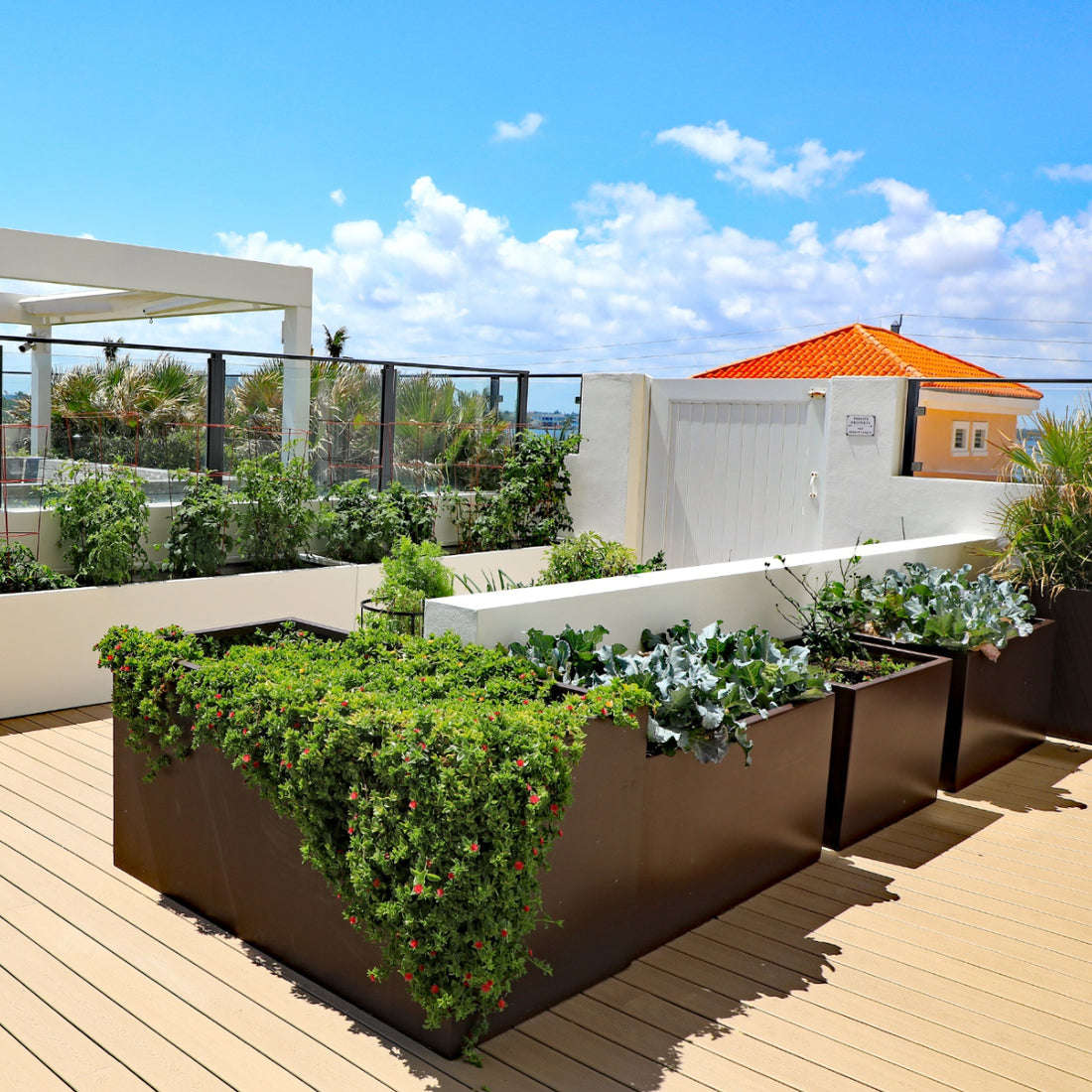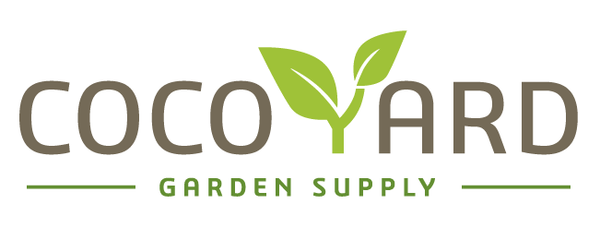
How To Garden In Planter Boxes
You don’t need a huge backyard to hone a green thumb. Here’s how to garden in planter boxes and make the most out of limited space.
Setting up a planter box is much like your own little raised garden. But the good thing is, you don’t need a large garden to place it. Whether you have some spare room in the corner of your driveway, patio, balcony, or roof, a planter box is easy to set up just about anywhere. The only thing you need to consider is to place it somewhere you can water easily and your plants can get enough sunlight. With good care and optimal conditions, planter boxes can bring you an abundance of fresh herbs, vegetables and flowers. Let’s learn how to garden in planter boxes.
Steps To Garden In A Planter Box
Gardening in a planter box is simple. With the right choice of material and drainage properties for the planter box, good quality potting soil and some in-season care, you can grow plenty of fruits and vegetables to harvest. Follow the steps to grow a thriving planter box:

Step 1: Setting Up A Planter Box
Material:
Wood planters are most common since you can build them on your own by fixing suitably sized wooden planks in the shape of a box. Metal Planter Box brings ornamental and will pass the test of time. If you want a long lasting planter box to use season after season, you can choose a stronger material, such as cypress, redwood, metal or cedar. Gardeners also use wood in combination with metal to create planter boxes. Concrete planter boxes are also used, but you’ll need to be extra particular about their drainage qualities.

Size:
Besides the standard rectangular planter boxes, you’ll also find U- and L-shaped planters designed with ease of watering in mind. You need to consider the size and shape of the space available where you want to keep the planter. You also need some extra space available on either one or both sides to access the bed. If the planter isn’t wider than 2 feet, you just need room on one side since you can easily access the entire width moving to the other side.
Depth:
Depth of the planter is also an important consideration. Most vegetables can grow roots to a depth of 24 inches below the soil surface. Some vegetables can grow longer roots, but these aren’t usually the best choice for raised beds and planter boxes. Make sure your planter box has a good depth to accommodate the roots for most common varieties.
Drainage:
Make sure that the design of the planter allows easy drainage of water. Plants don’t like sitting in waterlogged soil. Drainage is rarely an issue with wooden planters since there are usually slots where wooden planks come together. These slots allow water to escape, preventing any pooling in the soil. If there’s no drainage slots or holes on the planter base, you’ll have to drill holes across the base. Drill holes that are at least ¾ inches in diameter and 9 inches apart.
Soil:
Once you have your planter box ready, whether DIY or store-bought, the next thing to do is to fill it with soil. Good quality soil is very important for plants’ healthy development and bigger harvests. Don’t put regular garden soil into your planter box. Fill the planter box with a good quality potting mix. These mixes, available at garden centers, typically include all the material, including perlite, coconut coir, compost and organic material to keep the soil light, aerated, rich in nutrients and offer the optimal drainage qualities.

Step 2: Plant Crops
Choose Plants:
Not all plants will do well in planter boxes. Make sure the planter’s depth can accommodate the root growth of the plants that you plan on growing in it.
Also consider the location where you’ll keep the planter. If the planter box will get at least 6 to 8 hours of sunlight each day, you can grow tomatoes, peppers, squash, cucumbers, watermelon, raspberries and blueberries. If you have a sunny spot for your planter box, there are also several flower varieties you can grow.
If the planter box only gets a little morning sun, leafy greens like spinach, kale and lettuce, or herbs, like mint, cilantro, parsley and basil will grow easily.
Organize The Garden:
Vining or taller plants are best planted along one edge of the planter box. You can also install a trellis or other support structures along the edge to train the vines to grow neatly up the trellis, without obstructing the other plants growing nearby.
Planter boxes are also an excellent choice for square foot gardens. By choosing the number of squares to allocate each crop, you can use the available space to its maximum potential and optimize the harvest to match your requirements.
Another thing to keep in mind is companion planting. Understand which crops work well together and which ones don’t. For example, basil and parsley pair well with tomatoes, drawing pests away from tomatoes and attracting bees for pollination. However, dill, coriander and other members of the parsley family shouldn’t be planted near carrots since they tend to reduce the yield of carrots.
Step 3: Care For Your Planter Box And Watch It Grow

Watering Plants:
Once your garden is set up, remember to water it. Always water slowly and deeply, until water runs out of the drainage holes at the base of the planter. It’s best to place the planter box on risers so water can drain freely. Allow the top 2 inches of dirt to dry out before offering water to the plants, and water deeply when you do so.
Watering Seedlings:
However, seedlings shouldn’t be water in this manner. After sowing the seeds, water only lightly and frequently to keep the soil most at all times. Once the seedlings emerge and have gained some height, you can start watering them deeply and less frequently as described above.
Harvest:
In a few months, your garden will start blooming and fruiting. If it’s an edible garden, you’ll soon be able to start harvesting your produce! Lettuce, spinach and other greens grow fast. Snip leaves with scissors, leaving behind a least an inch of growth from the base to allow the plant to regrow for further harvests!
Conclusion
Growing a garden in planter boxes isn’t hard. In fact, it makes gardening easier, enjoyable and much more productive. Since the plants receive the perfect soil and drainage and good care because of the ease of accessibility thanks to their raised height, you’ll have a thriving garden even if you didn’t have much luck with gardening so far.
